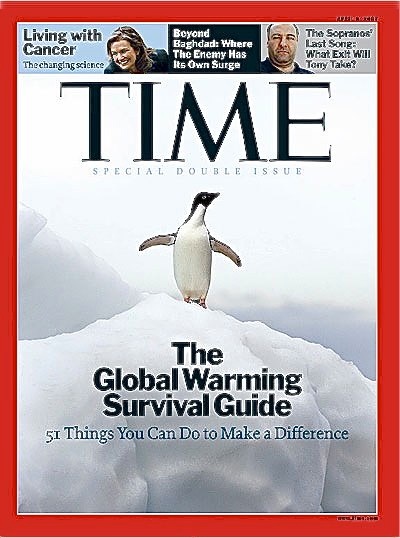Adapt
Historically there is rarely a gap between national and international life threatening calamaties. Some of them are real, some are imagined. Some are natural, some are man made.
Here, for example, is a summary of the civilization threatening events that occurred naturally or were manufactured during my 90 years of existence.
In the 1930s we faced a double threat.
The unemployment rate in the U.S. hovered between 14 and 23%. The jobless were not just fighting or relocating to survive, they were doing so under unbearable weather conditions.
The Dust Bowl of the 1930s was one of the most severe environmental crises in North America in the 20th Century. Severe drought and damaging wind erosion hit in the Great Plains in 1930 and lasted through 1940. Sustained strong winds blew away an average of 480 tons per acre of topsoil.
Fighting to survive under those conditions is the theme of the Joad family in John Steinbeck’s The Grapes of Wrath.
The fictional Joads survived as did the millions of real people who not only survived but learned and adapted to new farming practices to avoid future Dust Bowls.
The heat and depression were beginning to ease when Hitler seized power in Germany and then, with his cohorts in Italy and Japan, set out to conquer the world.
Many millions of men, women, and children were killed all over the world until the development and use of atomic weapons brought WWII to an end.
Nuclear weapons, however, were not the only progeny of the war.
During the war, most people got news of events beyond their neighborhoods from news reels like “The March of Time” in movie theaters. After the war, though, there was a rapid expansion of national radio and that newfangled television.
These new and improved means of mass communication and propaganda nurtured an abiding fear that the world was on the brink of total destruction from atomic warfare between the US and the USSR.
Schools held regular disaster drills by having the students crouch under their desks, as if that would provide protection from an atomic blast. Many individuals built underground bomb shelters that they stocked with weeks of survival food and gear.
Aggravating this was the seven year drought that hit Texas and other areas in the 1950’s. All the surface water on my Dad’s ranch disappeared. He responded by having two men reopen an old hand dug well to the aquifer 30 or 40 feet below the surface. He installed a wind mill pump that kept a large metal trough full of water for his cattle to drink.
Again, just another way we adapt to changing conditions.
There was a sigh of relief, however, when there was a normal change of power in the USSR and Russia and the U.S. formed a loose friendship.
Something, though, had to keep the populace in fear. So how about another climate disaster.
The threat this time was that the world would freeze to death. In 1964 a London newspaper reported, “Hubert Lamb, an official long-range weather forecaster, said Wednesday, Britain may be heading for a ‘Little Ice Age.’”
This was followed by a Time magazine cover in 1977 featuring a polar bear with the caption “How to Survive the Coming Ice Age—51 things you can do to make a difference.”
The blizzards never blew in, but locally in 1990 there was a two week cold snap that froze all the surface water so hard that the kids could slide across the ice on their shoes and I had to break ice every day for the cattle to drink. Two calves born during that period had cropped ears and tails due to freezing.
As mother nature just was not cooperating and freezing everything in sight for years, there had to be some other looming disaster, so let’s create a man made one.
That was easy. Just proclaim that every device dependent on or controlled by a computer would stop at one half second after midnight on December 31, 1999. Elevators would stop between floors, planes would fall from the sky, power plants would go off line, fuel pumps would not work, and on and on in an unending list of catastrophic stoppages.
Just as before, though, with a little ingenuity and adaptation, the new century dawned bright and clear without a single catastrophe.
So now what? There has to be something to keep the populace riled. As the ice age of the 70s and 80s was a fizzle, let’s go the other way. It is time for another catastrophic heat wave. Let’s repeat the Dust Bowl, but make it more threatening.
So here’s the perspective.
Now there are letters to the editor, a Scandinavian teenager addressing the United Nations, and massive demonstrations around the world threatening the destruction of civilization if we do not change our ways.

What? Does that mean the three ice ages of old and the more moderate one of the last quarter of the 20th Century that melted away as the earth recycled to Dust Bowl weather were natural cycles that will never be repeated?
Instead of wringing our hands in despair over how we are causing the current heat cycle, we need to take lessons from the past and learn how to adapt to the constantly changing weather patterns.
That approach really makes sleep easier.
Try it.
enough





